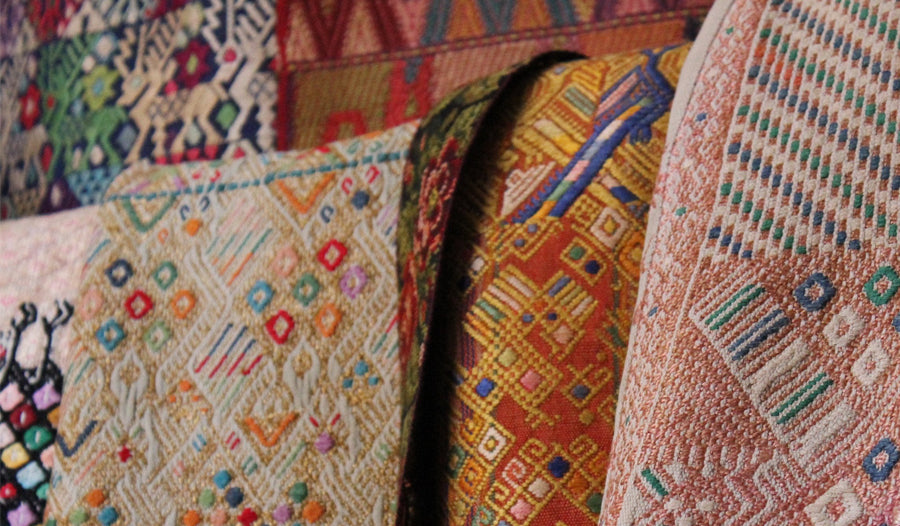
ORIGIN SIN

Do you know your inspiration from your appreciation? Borrowing from appropriation?
These are all words that define the history of fashion, music, food and the very nature of culture in a globalised world. From trade routes such as the Silk Road, ideas flowed, making cultural appropriation as old as culture itself.
 Image: Christian Dior pre-fall 2017.
Image: Christian Dior pre-fall 2017.
Yet, cultural appropriation is currently one of the hottest topics in the worlds of fashion and crafts with public battles resulting in the likes of Chanel having to apologise to Fair Isle’s Mati Ventrillon after using her designs as a ‘source of inspiration’ for their Shetland-style knits, and Isabel Marant has apologised after the Méxican government accused her of appropriating traditional indigenous patterns, an accusation they have also put to Carolina Herrera after she used traditional patterns ‘in tribute’ to México’s artisans.
 Image: Mati Ventrillon Fair Isle Artisan collection
Image: Mati Ventrillon Fair Isle Artisan collection
Cultural appropriation is a debate about ownership, ethics and privilege. It is the adoption of an element of one culture by members of another culture on their own terms and for their own profit. It is especially problematic when members of a dominant culture appropriate elements from a less advantaged culture as reproductions or commodities decontextualised from their original use and significance. The line that divides appreciation from appropriation is very thin and it is the subject of great debate, particularly in the world of traditional craft and design.
At the heart of the matter are questions of context and power. Taking traditional designs out of context or the unequal nature of an exchange that benefits just one side of the equation, disregarding the authors and real holders of traditional wisdom and heritage, are becoming less and less acceptable. Designers can no longer expect to copy and commercialise an aspect of a local culture without any consideration for the people who collectively own it without drawing negative comment. The so called ‘exotic’ factor, fetishising, romanticising, making it kitsch, decontextualising and commoditising in general, are the classic hallmarks of cultural appropriation.
 Images: Unless stated, all images courtesy of Marcella Echavarria
Images: Unless stated, all images courtesy of Marcella Echavarria
While until recently the point of view of the powerful outsider decided and defined how to use these cultural elements without consent from the owners, this kind of colonial hangover that misrepresents, confuses and dominates indigenous cultures is increasingly being called out.
Extract from the article Origin Sin: Cultural appreciation or appropriation written by Marcella Echavarria in Issue 99 Home. Find out how to read the full article here.
--

Run by Marcella, an industry expert and lifestyle specialist, and Selvedge founder Polly Leonard, Crafting Your Story is a five-day personalised course focusing on storytelling and brand narrative for artisan brands who want to explore ways to tell their story and sell their products with relevance.
The course is suitable for those who have taken the popular Crafting your Brand course or brands who need to refine or fine tune their narrative.
“I appreciated your curated selection of brands used as examples in the course, also the emphasis on important subjects like body positivity and cultural appropriation. You certainly guided us toward the future of fashion and the market leaning towards more intelligent consumers, less pollution, fair labour practices and unique products” Cydney Cornell @greenecountywool
Find out more about the course here:


1 comment
Readers can also dive in deep on this subject at Slow Factory, www.slowfactory.earth. They offer free classes and whole semesters on this subject and the deeper issues of social justice in fashion.